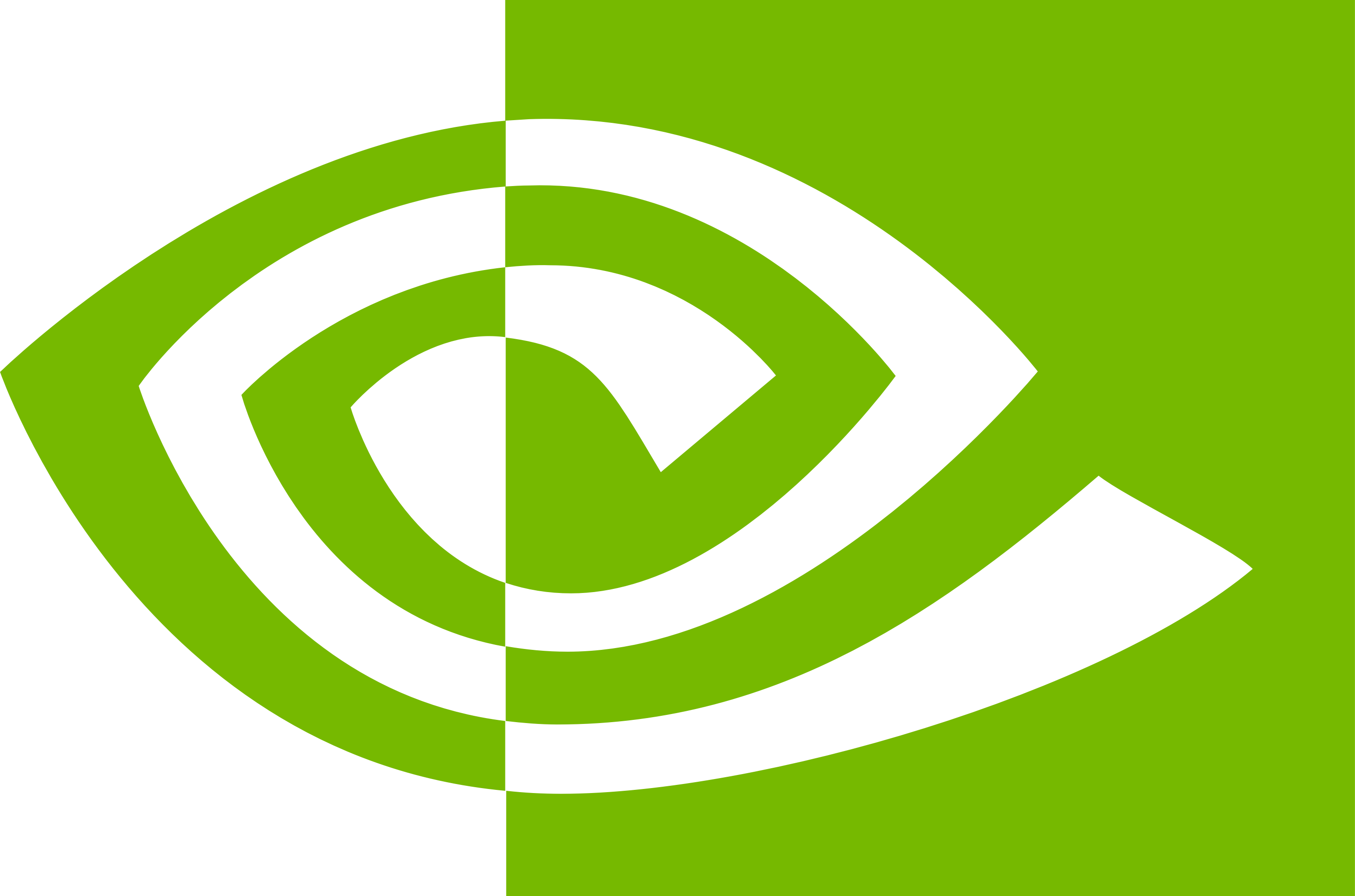What is Federated Learning?
Federated Learning is a distributed learning paradigm where training occurs across multiple clients, each with their own local datasets. This enables the creation of common robust models without sharing sensitive local data, helping solve issues of data privacy and security.

